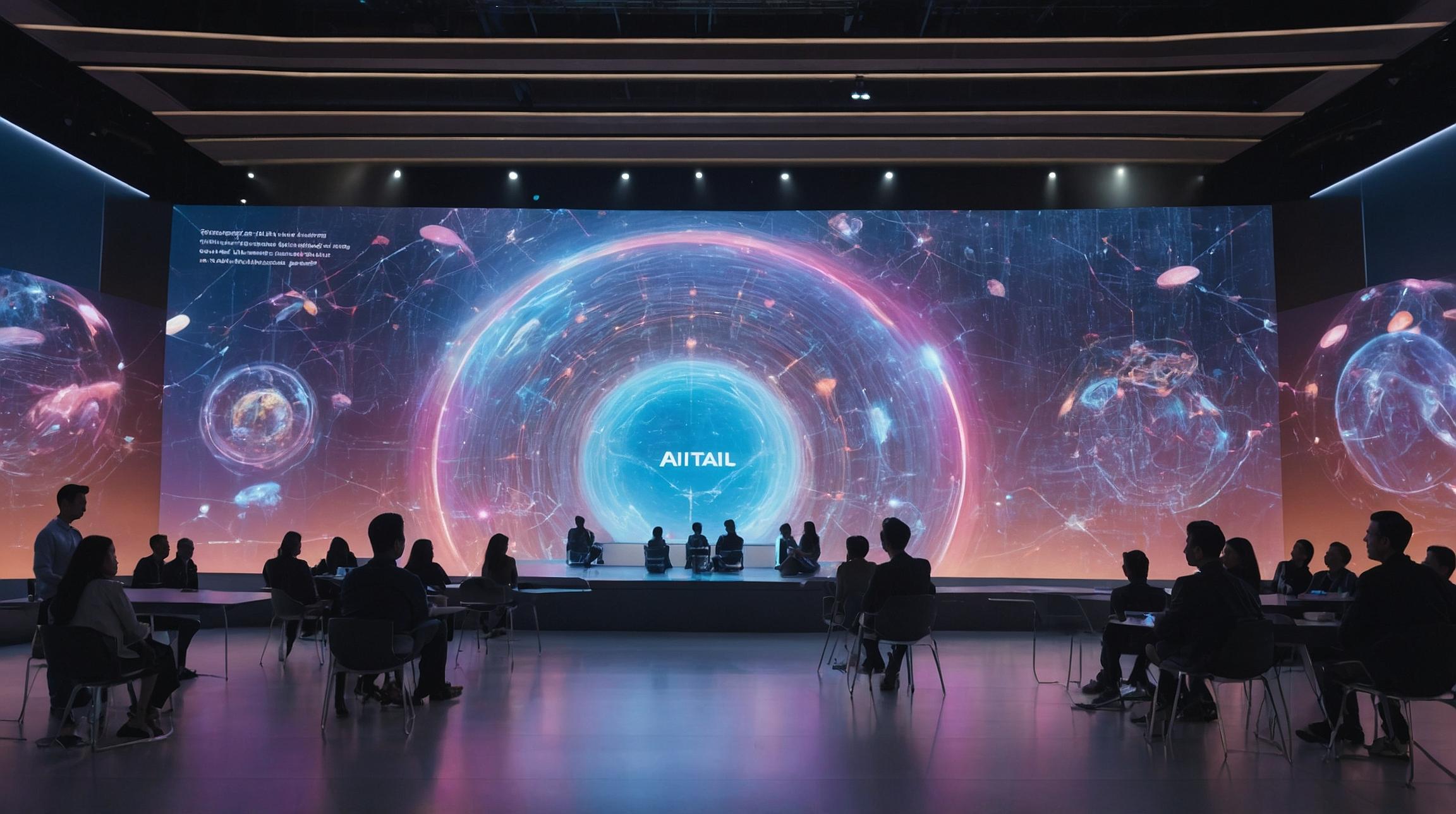Humans and Robots Working Together: A New Reality
Robots and humans working together may seem like a concept out of science fiction, but recent advancements in technology are making it a reality. Researchers have been exploring the idea of using remote operators to control robots in various environments, allowing them to perform tasks that humans may find difficult or dangerous.
One such example is the use of robots in deep freezer rooms or warehouse facilities. With a remote operator in a virtual control room, they can guide the robot through its surroundings without actually being there. This not only eliminates the need for the operator to be exposed to extreme temperatures but also allows for a more intuitive control of the robot.
To test this concept, researchers developed a system that allowed people to see the world through the eyes of a robot and perform a simple task. Using a humanoid robot called Baxter and the Oculus VR system, they created a shared simulated space where the operator and the robot could interact. During a demonstration, even participants who had never played a video game before were able to control the robot and complete the task.
NASA’s Mars missions are another example of how robots and humans can work together. Advanced robots are sent to Mars to gather data and explore the planet’s surface. This data is then ingested by human scientists who make critical decisions about what the rovers should do next. The robots act as a reconnaissance tool, paving the way for future human missions to Mars.
Robots can also be used to extend our reach into unfamiliar environments here on Earth. In a study conducted by European researchers, autonomous robots were able to infiltrate and influence a community of cockroaches. By emitting pheromones that attracted the cockroaches, the robots were able to study their social behavior.
In the underwater world, remotely operated and autonomous vehicles have traditionally relied on propellers or jet-based propulsion systems. However, these methods can disrupt aquatic life. Researchers have developed a robot called SoFi that mimics the movement of a fish. By swimming like a shark and avoiding disturbances, SoFi can observe underwater environments without interfering with the creatures that live there.
These examples demonstrate the potential of combining human intelligence with robotic capabilities. By leveraging the strengths of both humans and robots, we can achieve extraordinary things and explore places that were once inaccessible. As technology continues to advance, the possibilities for collaboration between humans and robots are endless.
Analyst comment
The news is positive. The advancement in technology allowing robots and humans to work together opens up new possibilities in various fields. It provides safer and more efficient ways to perform tasks that are difficult or dangerous for humans. The market for robotic technologies is expected to grow as more industries adopt this collaborative approach.













